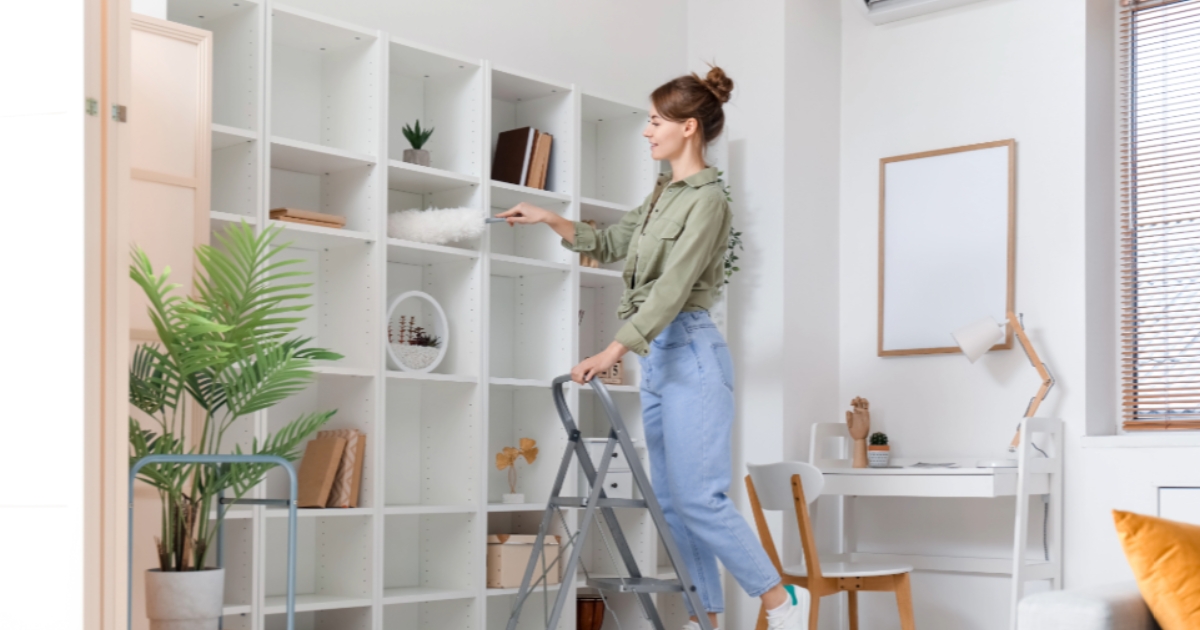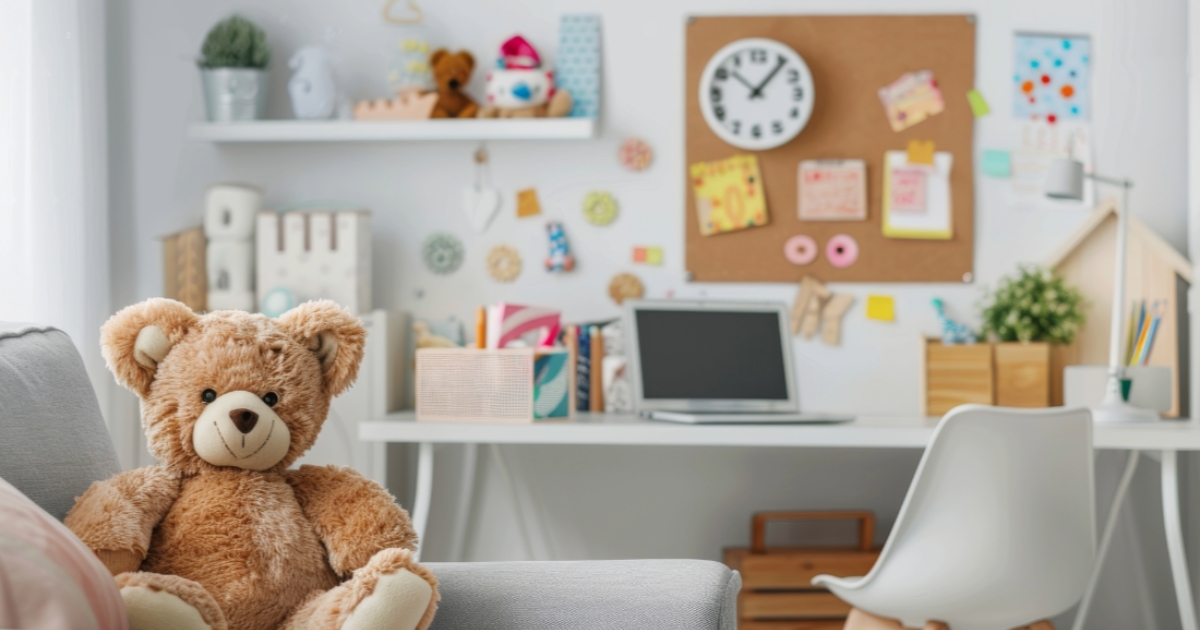Creating a Montessori homeschool setup can be a rewarding way to foster independence, curiosity, and a love of learning in your child. The Montessori method is rooted in the idea that children thrive in environments that are both structured and supportive of their natural development. With thoughtful planning and a practical approach, you can design a Montessori learning space at home that brings out the best in your child’s abilities.
Below, we’ll explore key aspects of Montessori learning at home and provide actionable tips to help you create a nurturing environment.
Understanding The Principles Of Montessori Learning
Before you start setting up your learning environment, it’s essential to grasp the core principles of Montessori education. This understanding will guide your choices and ensure the space you create supports the Montessori method.
- Child-Centered Learning
Montessori emphasizes that children learn best when they have control over their activities within a prepared environment. Instead of dictating lessons, parents act as guides while children explore at their own pace.
- Hands-On Activities
Experiential learning is at the heart of Montessori. Children engage with materials they can touch, manipulate, and explore to grasp concepts like math, language, and science.
- Order and Simplicity
A hallmark of Montessori spaces is cleanliness and order. A clutter-free, organized area helps children focus and fosters a sense of calm.
- Independence Development
The Montessori approach is deeply committed to cultivating independence. This means encouraging kids to make choices, solve problems, and complete tasks on their own.
- Respect for the Child
Respecting children’s individuality and natural development is key. This means providing them with choices and trusting their ability to learn when given the right tools and environment.
Incorporating Montessori Principles at Home
To weave these principles into your home, plan thoughtfully and focus on simplicity, functionality, and your child’s particular needs. Everything about the environment should invite exploration and learning.

Setting Up A Montessori Homeschool Space
Designing an effective Montessori homeschool setup doesn’t require a separate classroom or large budget. What matters most is that the space reflects Montessori values and supports your child’s development.
Choosing the Right Space
The first step is to designate an area in your home for learning. Think of this space as your child’s hub for discovery and growth.
- Natural Light
Choose a room or area where your child has access to ample daylight. Natural light creates a calm and welcoming atmosphere, crucial for sustained focus.
- Accessibility
Ensure that shelves, materials, and furniture are at your child’s level. By making everything accessible, you encourage autonomy and help them develop confidence.
- Quietness
Opt for an area with minimal distractions. A quiet, serene space helps children concentrate and fully immerse themselves in activities.
Essential Elements of a Montessori Setup
Here are some key components you should include when building your Montessori homeschool environment:
- Low Shelves: Open, low shelves make it easy for children to access and return materials. They also foster a sense of order.
- Child-Sized Furniture: Tables and chairs should be appropriately sized for your child. This allows them to sit comfortably while working on activities.
- Work Rugs or Mats: Montessori activities often take place on the floor. A soft rug or mat gives children a defined workspace.
- Natural Materials: Choose wooden toys and tools over plastic whenever possible. Natural materials provide a sensory richness that aligns with Montessori’s hands-on approach.
- Organized Materials: Use trays, baskets, and containers to neatly organize each activity. An organized space encourages focus and responsibility.
The Layout of the Space
Think about creating zones within your Montessori homeschool. For example:
1. Practical Life Area
Here, children can practice day-to-day tasks like pouring, cleaning, and food preparation. Provide child-friendly tools such as a small broom, washcloths, and dishes so they can engage in real-world learning.
2. Sensorial Area
Include materials that tap into your child’s senses, such as puzzles, texture boards, and color-matching games. Sensorial activities develop cognitive and motor skills while fostering mindfulness.
3. Reading Nook
Set up a small library or cozy corner with books displayed on low shelves. Rotate the books frequently to maintain interest.
4. Math and Language Area
Provide hands-on learning tools like counting beads, sandpaper letters, and number rods. These materials help children grasp abstract concepts more concretely.
Designing versatile zones allows your child to explore different subjects without feeling confined. Keep these zones fluid and adjust them as your child’s interests evolve.
Practical Tips For Creating A Montessori Environment
One of the most powerful ideas in Montessori philosophy is the concept of “freedom within limits.” This means creating parameters that allow children to explore safely and independently. For example, when choosing materials, focus on quality over quantity. Instead of an overwhelming number of toys and activities, include purposeful items that truly engage your child. Rotate these regularly to keep the environment fresh and stimulating.
Additionally, avoid overly colorful or flashy decor. The Montessori environment thrives on simplicity. Neutral tones and natural elements—like wooden furniture or houseplants—help create a calming backdrop that allows learning materials to shine. Encourage children to take ownership of their space by teaching them to tidy up and care for their belongings. This fosters responsibility and respect for their environment, reinforcing key Montessori principles.
Patience is essential when making adjustments to your Montessori space. Take your time observing how your child interacts with the environment. Pay attention to their preferences, energy levels, and the types of activities that captivate their attention. This understanding will help you refine the setup to better suit their needs.
Supporting Montessori Learning At Home
Your role as a parent isn’t limited to creating the space; it also involves being an active guide within it. Here are some ways to enhance the Montessori experience at home:
- Model Behavior
Children absorb what they see. By modeling tasks like cleaning or organizing, you demonstrate the value of focus and dedication.
- Encourage Open-Ended Play
Provide opportunities for activities that don’t have a strict end goal. Examples include building blocks, art projects, or exploring nature.
- Ask Open-Ended Questions:
Instead of providing answers, ask questions like, “What do you think will happen if…?” This encourages problem-solving and critical thinking.
- Foster Curiosity Through Nature
If possible, extend learning beyond the indoor environment and into nature. Activities like growing plants, observing insects, or collecting leaves help children connect with the world around them.
- Limit Screen Time
While learning apps have their place, traditional Montessori education emphasizes tangible engagement. Minimize screens and focus on hands-on experiences.
The Importance of Routine
A daily routine is critical in any Montessori homeschool setup. Predictability gives children a sense of security and helps them use their time productively. For example, you can start each day with practical life activities like making snacks or tidying the space. Follow this with focused time on academic materials and leave room for creative play or outdoor exploration. Consistency doesn’t mean rigidity. Be flexible when needed, but try to maintain a stable rhythm that aligns with your child’s developmental stages and energy levels.
Observing Growth and Progress
A Montessori homeschool setup evolves continuously, shaped by your child’s interests and developmental milestones. By observing your child closely, you’ll gain insights into how their abilities, preferences, and behaviors shift over time. For example, you might notice that they show a preference for certain activities like sorting or building. Use these observations to introduce more challenging variations. When they succeed at an activity, encourage them to tweak or refine it. This builds confidence and a sense of accomplishment.
Remember, Montessori isn’t about hitting arbitrary milestones. Each child develops at their own pace, and your role is to nurture that unique growth. Celebrate their inquisitiveness rather than focusing solely on academic performance. Creating a Montessori homeschool is as much about following your child’s lead as it is about structuring the environment. When you do, you’ll find that their potential unfolds naturally.



